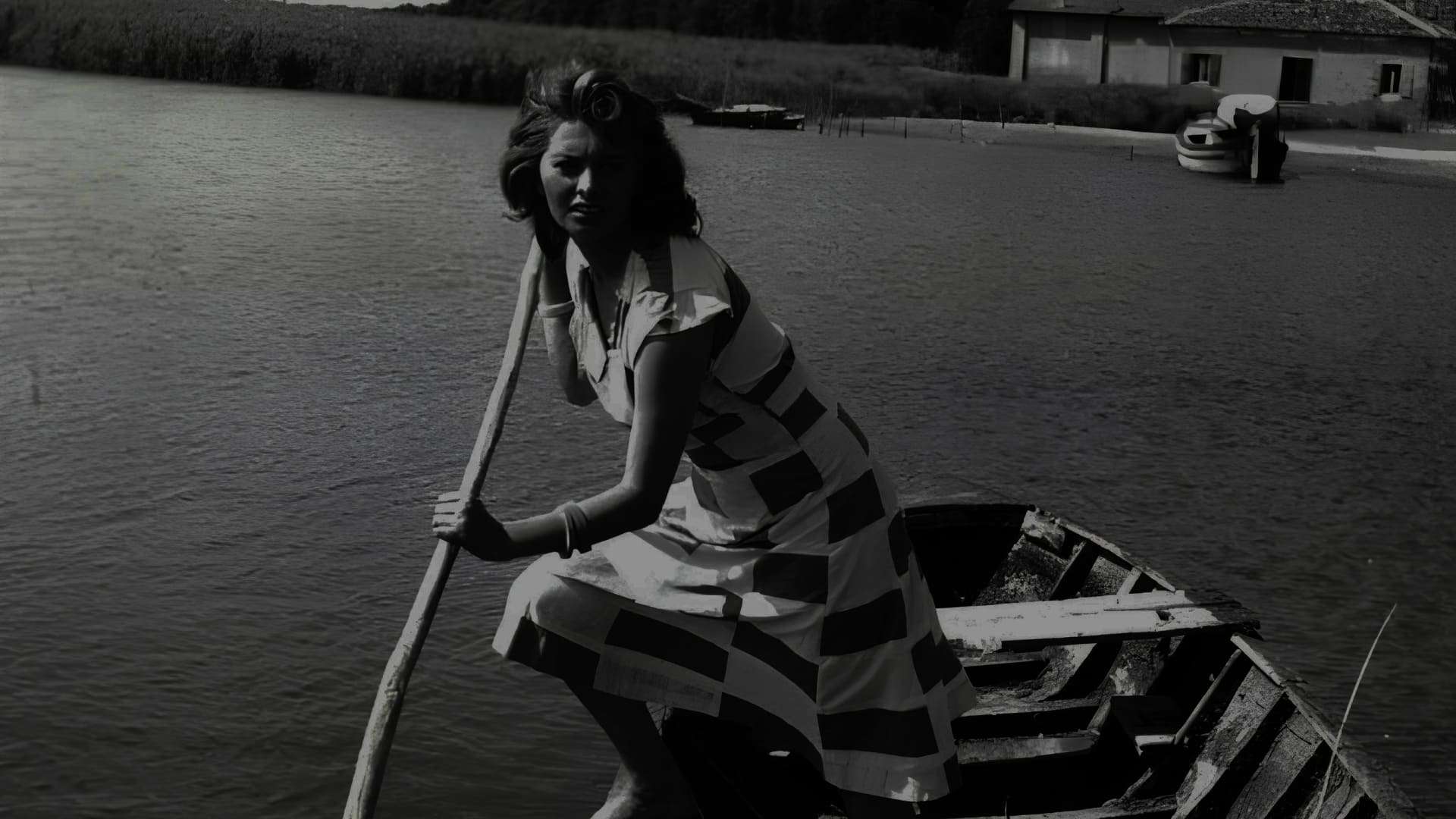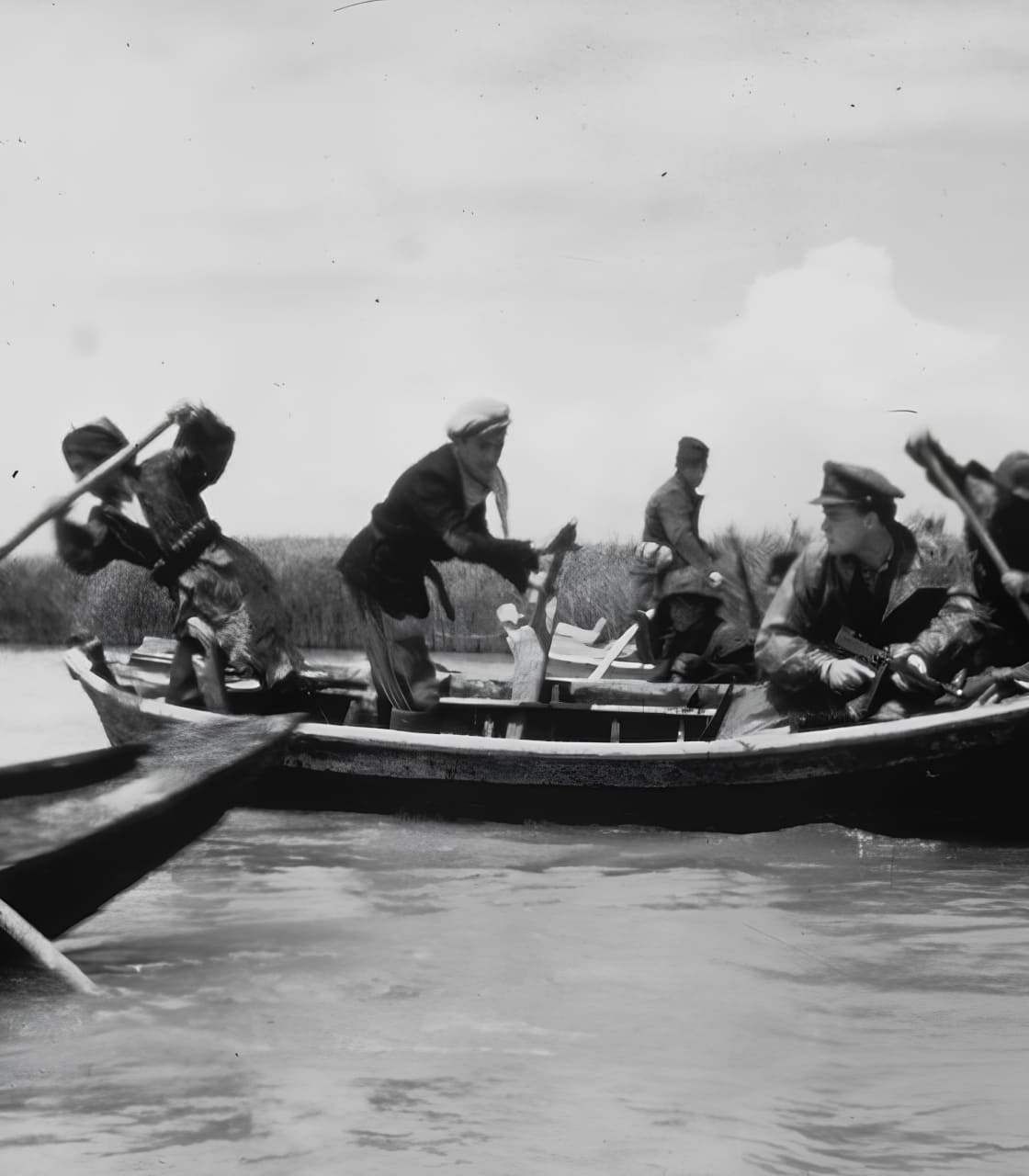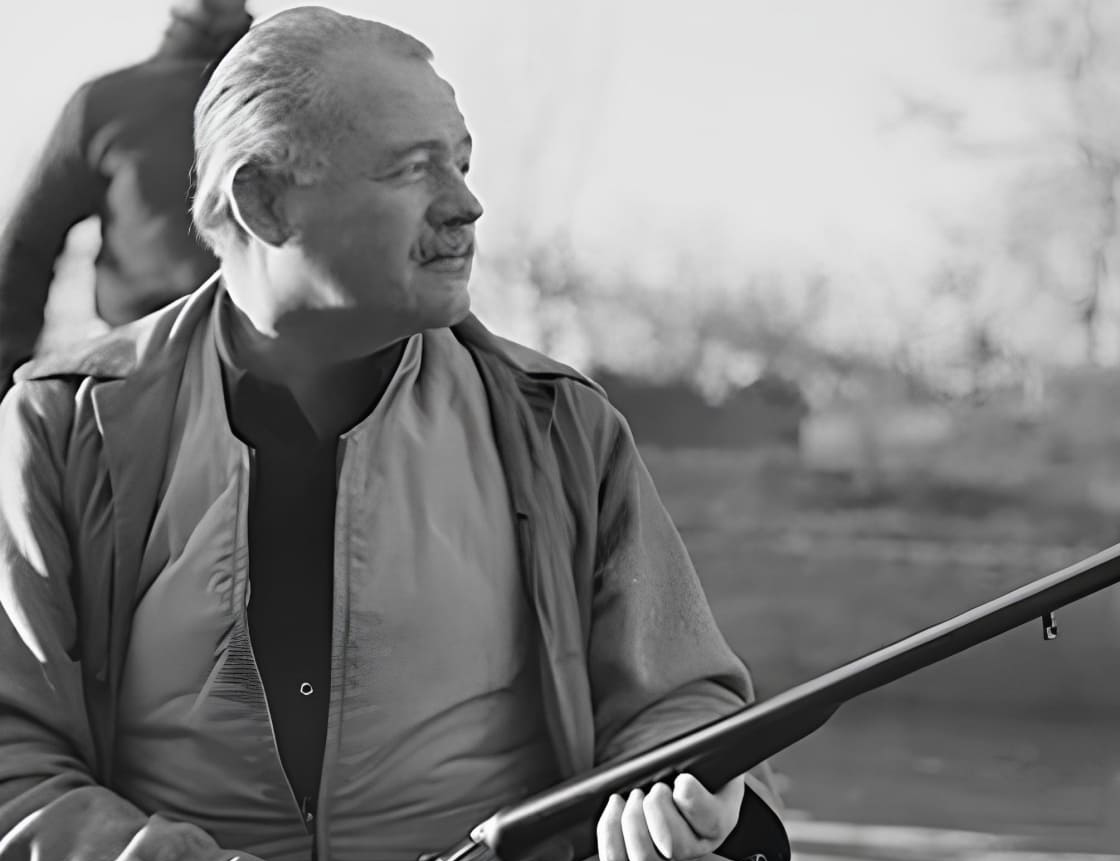
The Po Delta and the valleys
In cinema and literature
In cinema
The Po River appears in over five hundred documentaries, feature films, short films, and television investigations.
Authors and filmmakers have written some of the most beautiful and unforgettable pages of Italian cinema.
The Po Delta has inspired illustrious writers and screenwriters, including Zavattini, Guerra, Celati, Flaiano, and Moravia; many masters of Italian cinema have used the Po as a natural backdrop. Among them, we recall De Santis, Vancini, Montaldo, Mazzacurati (Italian Night, The Right Distance), Mario Soldati (The Lady of the River), Pupi Avati (The House with Laughing Windows), Ermanno Olmi (Along the River). Additionally, Comencini, the Taviani brothers, Bertolucci, Magni, Soldini, Elisabetta Sgarbi, and Bigas Luna have also filmed in the Po Delta.
Over time, the Po Delta has gained increasing importance, both in terms of cinematic art and literature. Several protagonists have shed light on the most hidden and intoxicating aspects of the Delta. Starting with Michelangelo Antonioni, who in 1939 expressed, “We would like a film starring the Po, where not folklore, that is, a mishmash of external and decorative elements, arouses interest, but the spirit, that is, the set of moral and psychological elements where commercial demands do not prevail, but intelligence.”
With his words, he anticipates in many ways what Italian cinema will be after the war.
In 1943, Michelangelo Antonioni filmed the documentary “People of the Po”. Shortly after, Luchino Visconti made his directorial debut with “Obsession”. Later, Roberto Rossellini, in “Paisan”, chose the marshes, reeds, and people of the Delta to tell the desperate battle between Nazi-fascists and Partisans.

In literature
The Po Delta has always fascinated foreigners and captured them, much like it did in the nineteenth century with Lord Byron, giving him in the setting of Ca’ Zen the last love of his adventurous life. Lord Byron followed his beloved, confined as punishment to Ca’Zen, then a sad and malarial place, to secretly meet her, and from the balustrade of the first floor, drew inspiration for the famous “Stanzas to the Po”:
River that flows by ancient walls
Where dwells the woman of my love,
when She walks along your banks and perhaps
Recalls a fleeting memory of me…
We cannot forget Ernest Hemingway, in love with Italy and Veneto. Hemingway loved to spend his days in San Gaetano, a small village in the lagoon of Caorle, to which he dedicated some of the most beautiful pages of his book “Across the River and Into the Trees”, published in 1950.
The Delta has also been portrayed several times as the symbol of hardship, poverty, and struggle. These themes are well represented in some works: “Journey in Italy” (1957) by Piovene, and “Agnes Goes to Die” (1949) by Renata Viganò, a symbolic novel of class struggle.
We also remember Antonio Pennacchi, whose mother was originally from Ca’ Vendramin, with “Mussolini’s Canal” (2010), winner of the Strega Prize and the Campiello Prize.


